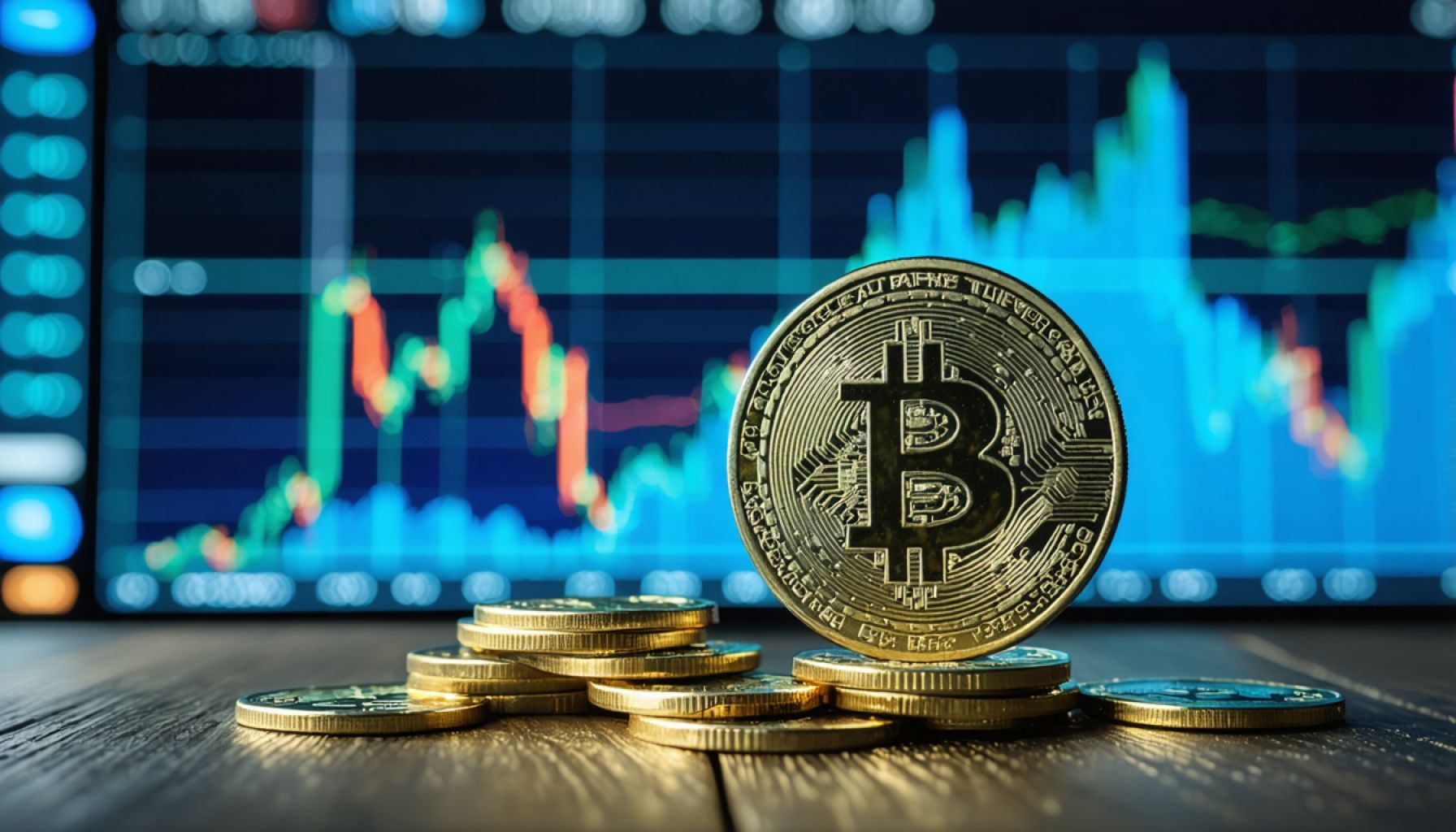- The Trump administration considers using global tariffs to fund a “Strategic Bitcoin Reserve,” blending traditional finance with digital assets.
- Proponents believe a Bitcoin Reserve could protect against dollar depreciation and inflation, likening Bitcoin to digital gold.
- Critics argue this is a risky investment due to Bitcoin’s volatility, warning it could lead to economic instability if poorly managed.
- The initiative aims to align fiscal policy with the digital economy, sparking debate on its sustainability and benefits to broader society.
- Economists, including George Selgin, critique the strategy, questioning the wisdom of using taxpayer funds for volatile crypto investments.
- The proposal highlights tensions between traditional economic principles and the allure of cryptocurrency in shaping future fiscal strategies.
Swirling in the tumultuous waters of economic policy, the Trump administration’s ambitious plan to impose sweeping global tariffs might just ripple through households with increased prices, but there’s an unexpected twist in the tale. An incendiary idea has emerged from the corridors of power: leveraging these tariffs to create a “Strategic Bitcoin Reserve.”
Imagine this—the gleaming towers of the White House as the backdrop to an unprecedented fusion of old-world economic thinking and futuristic digital currency ambitions. This proposal, which emerged from a high-profile crypto conference, has set the financial world abuzz, planting seeds of both intrigue and outrage.
Advocates within the administration argue that a Bitcoin Reserve could serve as a bulwark against the depreciation of the US dollar and burgeoning inflation—casting Bitcoin as a digital heir to gold, with its allure of future growth. Yet, here lies a captivating irony: while tariffs threaten to depress the economy, potentially siphoning $3,800 annually from the average household, they may simultaneously power a piggy bank of crypto treasure.
The devoted cheerleaders of Bitcoin see this move as a golden, or perhaps digital, opportunity. These proponents dream of a day when Bitcoin realigns the fiscal stars, but skeptics warn it’s less about national strategy and more a beguiling gift to digital asset aficionados.
Critics deride the scheme as an inadvisable gamble on a famously volatile currency. Picture the reserve crammed with digital tokens that swing wildly in value, their worth as elusive as the morning mist. Any significant sell-off by the government could cascade, crashing prices, leading to financial turbulence on an epic scale. As more bitcoins slide into the national vault, questions emerge: Who really benefits? For far-reaching segments of society, the gains are intangible.
Despite the fervor among Bitcoin bulls, seasoned economists emphasize the imbalance. To them, using tariffs as a funding mechanism feels like robbing Peter to embellish a highly speculative digital Paul. George Selgin, an eminent economist, articulates this confluence of dubious ideas, doubting the fiscal prudence of stacking bitcoins with taxpayer money—especially given Bitcoin’s plummeting value following Trump’s tariff chatter.
At the heart of this saga is an administration wrestling with traditional tenets and the temptations of a digitaleconomic revolution. As the debates rage on, one can’t help but ponder—are we on the brink of a cryptocurrency epoch powered by tariffs, or is this a fleeting folly, destined to drift away on Bitcoin’s uncertain tides? Whatever the outcome, the conversation has begun, teasing a future where the worlds of fiat and digital currency collide in spectacular fashion.
The Bold Proposition: Should the U.S. Adopt a Strategic Bitcoin Reserve?
The Proposal and Its Potential Impact
The proposal to establish a “Strategic Bitcoin Reserve” by leveraging tariffs is a groundbreaking idea that aims to fuse traditional economic policy with the frontier of digital currency. By accumulating Bitcoin as a reserve asset, proponents believe it could provide a hedge against inflation and currency devaluation, much like gold has historically done.
Real-World Use Cases and Industry Trends
1. Hedging Against Inflation: Bitcoin is often compared to digital gold due to its limited supply and decentralized nature. Countries like El Salvador have already adopted Bitcoin as legal tender, betting on its long-term value. The U.S. might be looking at this model as a strategy to counteract domestic inflation and dollar depreciation.
2. Global Financial Strategy: A Bitcoin Reserve could enhance the U.S.’s positioning in the global financial markets, presenting the country as a forward-thinking leader in cryptocurrency adoption.
3. Tech Innovation and Adoption: The move could accelerate technological innovations in blockchain technology and encourage further adoption of cryptocurrencies at both institutional and consumer levels.
Controversies and Limitations
– Volatility and Market Impact: Bitcoin’s notorious volatility poses a significant risk. A government-backed reserve could massively influence the market, with potential price crashes upon large-scale sell-offs.
– Economic Uncertainty: Critics argue that using tariffs to fund a volatile asset introduces additional economic uncertainty, counterproductive given the potential for tariffs to already strain household budgets.
– Ethical and Economic Concerns: The strategy could be perceived as benefiting a niche market of Bitcoin enthusiasts at the expense of broader economic stability.
Market Forecast and Predictions
Experts predict a mixed outcome. While Bitcoin’s long-term value proposition remains debated, its integration into national fiscal policy could either stabilize the asset due to increased legitimacy or exacerbate its already high volatility if not managed prudently.
Security and Sustainability
Bitcoin’s energy consumption and environmental impact are pressing concerns. The U.S. holding a large amount of Bitcoin could bring intensified scrutiny and calls for sustainable mining practices.
Pros & Cons Overview
Pros:
– Provides a potential hedge against inflation.
– Positions the U.S. as a leader in the crypto space.
– Could stimulate tech innovation in financial services.
Cons:
– Introduces significant financial risk due to price volatility.
– Potential for economic imbalance and public backlash.
– Risk of regulatory chaos and increased scrutiny.
Recommended Action Steps
– Conduct Thorough Analysis: Before proceeding, a comprehensive risk assessment is essential to understand potential economic and social implications.
– Public Engagements and Transparency: Open dialogues and transparent decision-making processes will be crucial for gaining public trust.
– Pilot Programs: Consider small-scale pilot programs to assess the real-world impacts of integrating Bitcoin into national reserves.
Final Thoughts
While the idea of a Strategic Bitcoin Reserve presents exciting possibilities, it also demands careful scrutiny. Balancing innovation with stability, engaging stakeholders, and ensuring robust regulatory frameworks will be key to navigating this unprecedented financial venture.
For more innovative ideas on how cryptocurrencies might shape our economic future, visit CoinDesk or Forbes.


















